 The Sustainable Chemicals from Microalgae one day conference will take place on the 19th November 2013 at the Chemistry Centre, Piccadilly, London. The conference will bring together researchers from academia and industry at all levels interested in developing microalgae in industrial biotechnology. This highly interdisciplinary symposium is co-sponsored by the BBSRC (Biotechnology and Biological Sciences Research Council), a major funder of biotechnology-related research within the UK.
The Sustainable Chemicals from Microalgae one day conference will take place on the 19th November 2013 at the Chemistry Centre, Piccadilly, London. The conference will bring together researchers from academia and industry at all levels interested in developing microalgae in industrial biotechnology. This highly interdisciplinary symposium is co-sponsored by the BBSRC (Biotechnology and Biological Sciences Research Council), a major funder of biotechnology-related research within the UK.
The programme of this meeting will feature both oral, flash poster and conventional poster presentations. Please follow the links to register to attend – registration fee £35: http://rsc.li/microalgae-2013
The list of speakers includes:
Professor Wim Brilman, Sustainable Process Technology, University of Twente, The Netherlands
Professor Mike Burkart, Department of Chemistry and Biochemistry, University of California, San Diego, USA
Professor Chris Dupont, Microbial and Environmental Genomics Group, J. Craig Venter Institute, San Diego, USA
Dr Juan Nogales Enrique, Centre de Investigaciones Biologicas (CSIC), Madrid, Spain
Professor Rene H Wijffels, Bioprocess Engineering, Wageningen University, The Netherlands
Mr Steve Skill, Plymouth Marine Laboratory, UK
Professor Alison Smith, Department of Plant Sciences, University of Cambridge, UK
Professor Rod Scott, Department of Biology and Biochemistry, University of Bath, UK
Professor John Love, College of Life and Environmental Sciences, University of Exeter, UK
Dr Michelle Stanley, The Scottish Association of Marine Science, UK
Dr Saul Purton, Institute of Structural and Molecular Biology, University College London, UK
For more details about this exciting conference and to register, please visit the website!











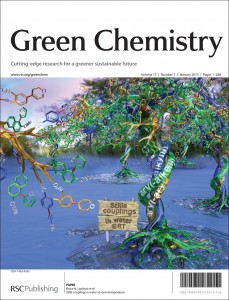
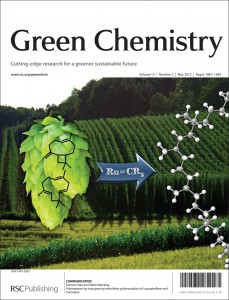
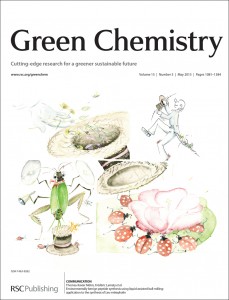
 Recycling old magnets, so that rare-earth metals can be re-used, could help to solve
Recycling old magnets, so that rare-earth metals can be re-used, could help to solve 
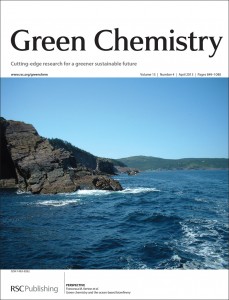
 Work by scientists from Queen’s University Belfast on
Work by scientists from Queen’s University Belfast on 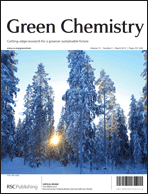 The front cover of this issue highlights a Critical Review by
The front cover of this issue highlights a Critical Review by 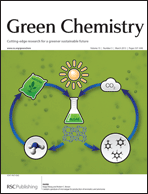 The inside front cover features work by
The inside front cover features work by